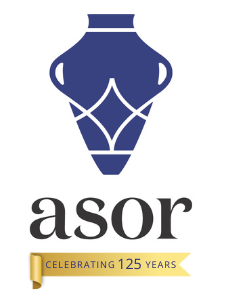
REPORT FROM CAARI (CYPRUS AMERICAN ARCHAEOLOGICAL RESEARCH INSTITUTE)
By Dr. Andrew McCarthy, CAARI Director
 In the spring of 2013, CAARI is returning to what can be called a “new normal”. A frenzy of developments took place over the past few months, including hiring a new member of staff, renovating the library, improving the residence facility, upgrading the laboratories and holding a major international conference.
In the spring of 2013, CAARI is returning to what can be called a “new normal”. A frenzy of developments took place over the past few months, including hiring a new member of staff, renovating the library, improving the residence facility, upgrading the laboratories and holding a major international conference.
Since November 2012, there have been some distractions at the Nicosia institute, 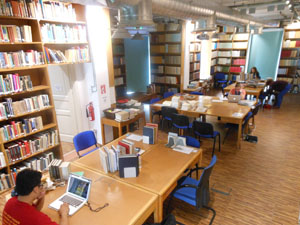 but our core functionality has continued throughout. For several months, the library was closed for renovations as part of a larger Library Expansion Project. During this time, we converted the lobby of CAARI into a library reading room. It was not ideal, but the entire Cyprus collection of books, nearly all of the journals and the usual number of desks were still available. Our current Fulbright Fellows, Dr. Young Kim from Calvin College studying the ‘heretic-hunter’ St. Epiphanius, and Ms. Catherine Kearns, PhD student at Cornell University studying Iron Age environmental and landscape archaeology, have been fixtures at CAARI throughout all of these changes. Their patience with the building works and occasional disruptions has been admirable.
but our core functionality has continued throughout. For several months, the library was closed for renovations as part of a larger Library Expansion Project. During this time, we converted the lobby of CAARI into a library reading room. It was not ideal, but the entire Cyprus collection of books, nearly all of the journals and the usual number of desks were still available. Our current Fulbright Fellows, Dr. Young Kim from Calvin College studying the ‘heretic-hunter’ St. Epiphanius, and Ms. Catherine Kearns, PhD student at Cornell University studying Iron Age environmental and landscape archaeology, have been fixtures at CAARI throughout all of these changes. Their patience with the building works and occasional disruptions has been admirable.
Since there were building works taking place anyway, we took advantage of the cheap prices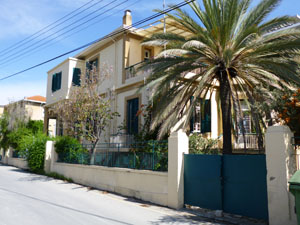
Since February 2013, we have a newly renovated library with state-of-the-art IT and electronic infrastructure, new climate control and lighting, expanded library space and a new librarian’s office, which will be followed by a second phase of construction that will see to the building of a two-story subterranean extension.
This winter’s completion of ‘Phase 1’ of the Library Expansion Project coincided with CAARI hosting the “J.R.B. Stewart: an Archaeological Legacy” conference. This event posthumously celebrated the life and work of James Stewart on the 100th anniversary of his birth. Stewart, an Australian, was a seminal figure in Near Eastern archaeology, perhaps most importantly for defining the Bronze Age ceramics of Cyprus and ancient Cypriot connections to Anatolia, his work on numismatics, and his work in Australia as a Museum Curator and for conducting excavations in Cyprus and the mainland of southeast Asia. Importantly, after James Stewart’s untimely death in 1952, his widow Eve (a trained archaeologist) worked tirelessly to publish his lingering works and was instrumental in helping CAARI to gain its footing in the institute’s early years. It is because of her that the CAARI residence bears J.R. Stewart’s name.
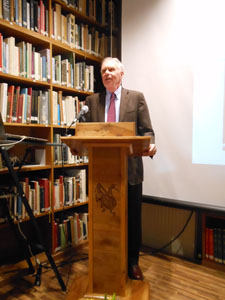
Also debuting at this conference was the newly appointed Librarian, Ms. Katerina 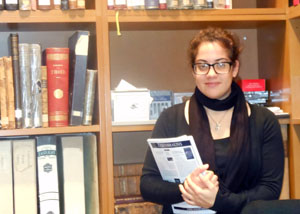
Now CAARI is in the process of developing the laboratories to bring them up to modern standards, including the purchase of petrographic thin-section equipment, forming a thin-section reference collection, the refurbishment of the ecological and bone lab space and the establishment of a GIS microlab. These new labs at CAARI will also be accompanied by an investment in the library collection to make the reference materials match the laboratory capabilities.
As we approach the summer, CAARI is ready to deal with the researchers using the library, laboratory and infrastructure and staying at our residence. With the recent renovations and plans for future developments, we are poised to continue to serve as a hub for research in the eastern Mediterranean well into the future. To keep our CAARI friends abreast of the program and other updates, CAARI has now joined Facebook. I encourage you to follow us as we move forward.
